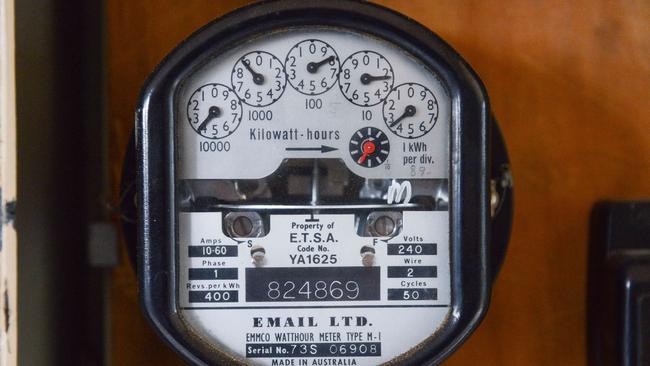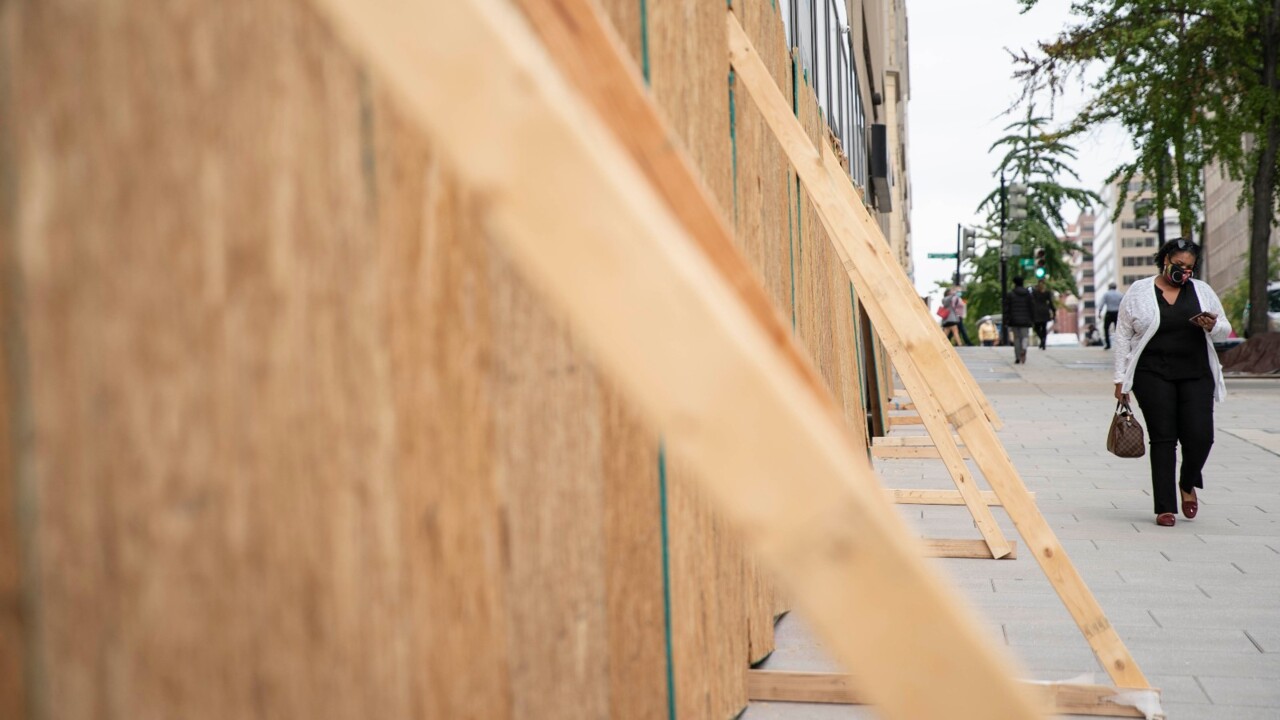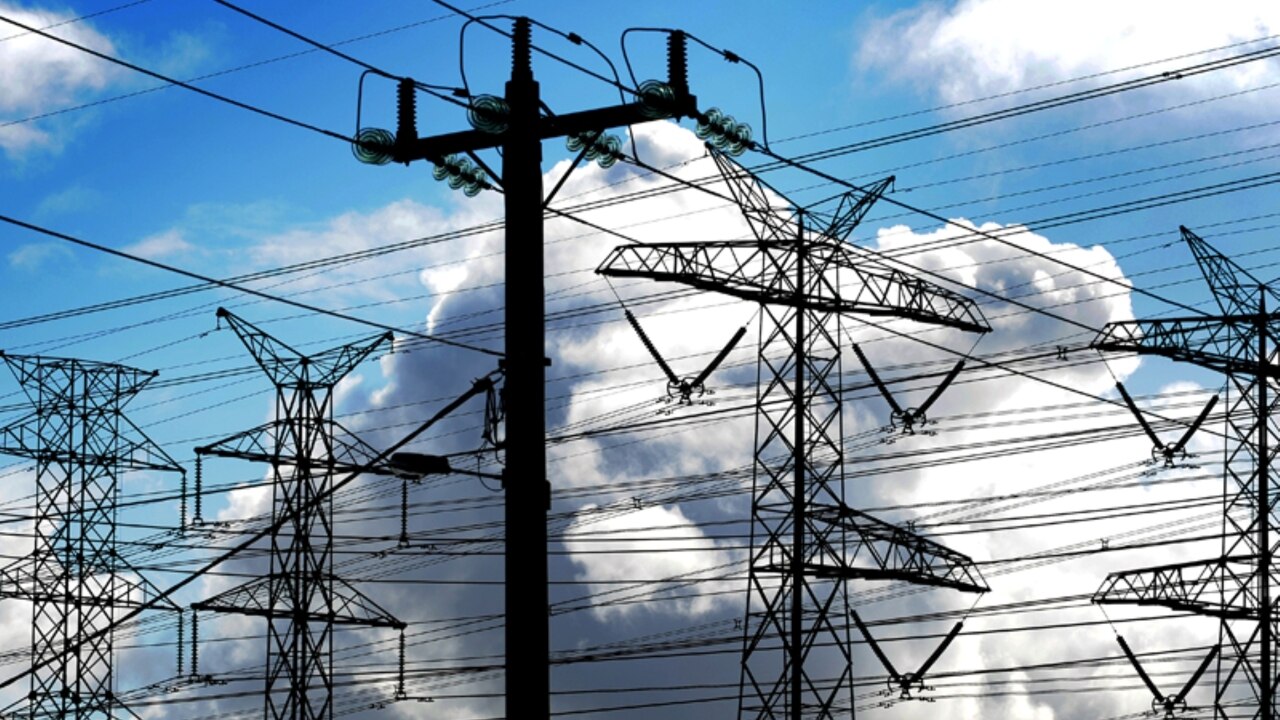Winter crunch looms as energy bills set to soar
Households face a double whammy this winter with bills set to soar from July 1 and the threat of gas shortages on the east coast.

Power bills for households will surge by hundreds of dollars a year from July 1, adding to soaring cost-of-living pressures, with a further crunch in store after officials warned east coast states face gas shortages every winter until 2026.
Customers in Victoria face a 30 per cent jump on “safety net” prices, while households in NSW, South Australia and southeast Queensland will be hit with a 24 per cent increase.
Two separate draft default market offers – which put a price cap on what retailers can charge customers who have not looked for a better deal and remain on standing offers – were released on Wednesday.
The Victorian ruling by the Essential Services Commission estimates power costs will jump by $426 for residential customers to $1829 a year while small businesses face bills surging by a third, or $1738, a year to $7358.
Residential customers on standard retail plans in NSW, South Australia and southeast Queensland face a slug of 19.5 per cent to 23.7 per cent depending on the region and power use, while small business customers face a rise of 14.7 per cent to 25.4 per cent.
Some 600,000 households are still on the default market offer in NSW, southeast Queensland and South Australia, with the whack adding to the pain of 10 successive interest rate rises and record inflation levels.
The price jump follows an 18 per cent increase on the default market offer last year.
Energy Minister Chris Bowen suggested measures would be introduced in the May budget to help households cope with the coming bill shock.
“We know that every increase will still be tough for consumers and small businesses – and that’s why we will continue to work with the states and territories to deliver energy bill relief in the May budget,” Mr Bowen said.
“Russia’s invasion of Ukraine has seen energy costs skyrocket globally, and Australia has not been immune,” he added.

The bill shock will land at a delicate time for the Albanese government, with a fresh threat of gas shortfalls from this winter to be released on Thursday.
It will show production plummeting from offshore fields and delays in sanctioning an LNG import plant planned by billionaire Andrew Forrest.
The warning will stoke fears that consumers face another volatile winter after last year’s debacle when the entire national power market had to be shut down in an attempt to ease an electricity crunch.
The Australian Energy Market Operator, which runs the national electricity and gas system, has forecast a risk of gas shortfalls under extreme weather conditions from winter 2023 in NSW, Victoria, Tasmania, South Australia and the ACT, when average consumer demand is three times more than summer.
“The risk of gas shortfalls each year from winter 2023 to 2026 in all southern jurisdictions remains under extreme weather conditions and periods of high gas-powered electricity generation, with those risks further exacerbated if gas storage levels are insufficient,” AEMO chief executive Daniel Westerman said.

The energy agency has downgraded the nation’s first potential LNG import plant in NSW’s Port Kembla, owned by Mr Forrest, saying it no longer considers the planned facility to be an anticipated project.
A dramatic 16 per cent fall in Victorian offshore production capacity this winter compared with a year ago will also add to the squeeze. The crunch is set to intensify in the next few years with Victorian output in 2027 set to dive 49 per cent lower than 2022.
States may be forced to reduce gas use during extreme peak day events, with alternative fuel supplies potentially needed as a back-up on those high-demand days.
The gas crunch over recent years has in large part been sparked by the rapid depletion of supply sources in Victoria’s offshore Gippsland Basin, along with delays to other key projects including Golden Beach and offshore wells connected to the Otway gas plant.
The AEMO has called for more investment to be sunk into boosting gas supply.





